Singapore energy solutions company EDMI, a wholly owned subsidiary of Japanese metering solutions provider Osaki Electric Co, has announced its flagship next-generation electricity grid platform, the NEOS Solution, which among many functions orchestrates distributed energy resources (DER).
EDMI says the NEOS Solution is designed to transform measurement, monitoring and control across residential and commercial and industrial users, transmission and distribution networks, and generation applications.
Using a proprietary high-speed measurement engine, EDMI says the NEOS Solution promises enhanced accuracy and precision for complex billing, power quality monitoring, and high-frequency waveform streaming.
EDMI Group Chief Strategy Officer and Director Andrew Thomas said the NEOS solution represents a major leap forward in how the company supports its customers through the energy transition.
“It brings together our decades of experience with the latest in edge intelligence and connectivity to deliver a platform that is not only powerful and precise, but also adaptable to the evolving needs of the grid,” Thomas.
The platform enables edge or cloud-based decision making and supports real-time data sharing via Bluetooth, Wi-Fi, and cellular connections enabling seamless integration with grid applications and customer platforms.
Use of EDMI’s Storm software monitoring enables localised, sub-second decision-making and more complex orchestration across the grid via the EDMI Energy Cloud.
The NEOS Solution includes what the company describes as ‘robust’ cybersecurity, 15+ year device lifespan, local engineering support, and open architecture.
Queensland cyclone
In partnership with Yurika, a renewables arm of state-owned electricity company Energy Queensland, utilised a NEOS system’s geospatial meter intelligence for real time outage response to blackouts during cyclonic weather.
EDMI added a geospatial lift fo the existing meter fleet, which dropped detection times from hours to 15 minutes, and identified persistent dark pockets in neighbourhoods.
The pilot study showed operator response times to restoring power was reduced when able to target a subset of the utility’s existing smart-meter fleet with precise latitude and longitude coordinates and generate a live outage map. The map was refreshed every 15 minutes, but can be dialled down to one minute intervals.
The case study of the pilot says each meter’s unique identifier helped to create a location-aware data stream without touching firmware, visualised on a web dashboard that shaded every suburb from green to deep red, animating a one-week time-lapse that revealed the storm’s march, cascade of outages and uneven pace of recovery.
This content is protected by copyright and may not be reused. If you want to cooperate with us and would like to reuse some of our content, please contact: editors@pv-magazine.com.
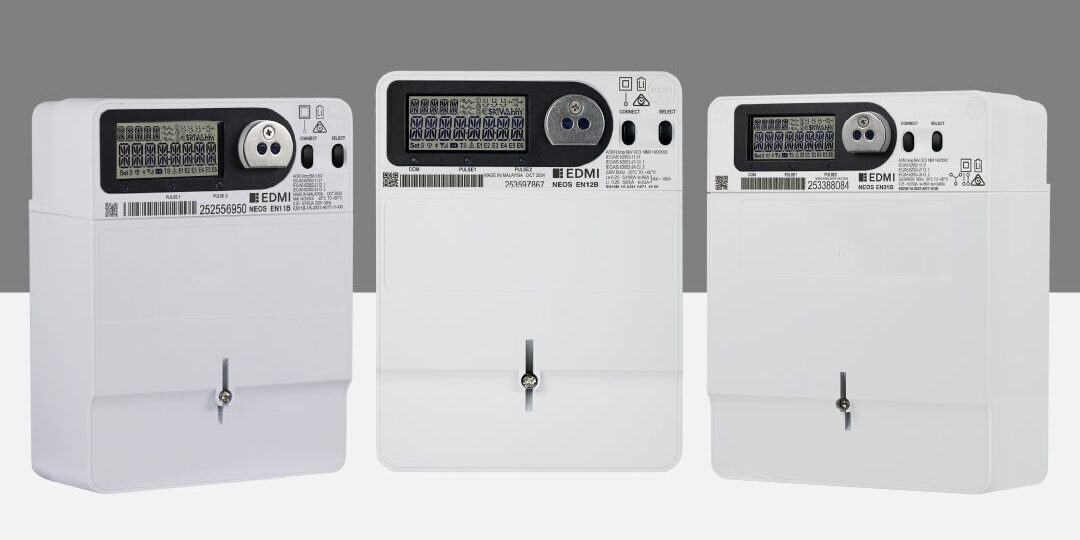
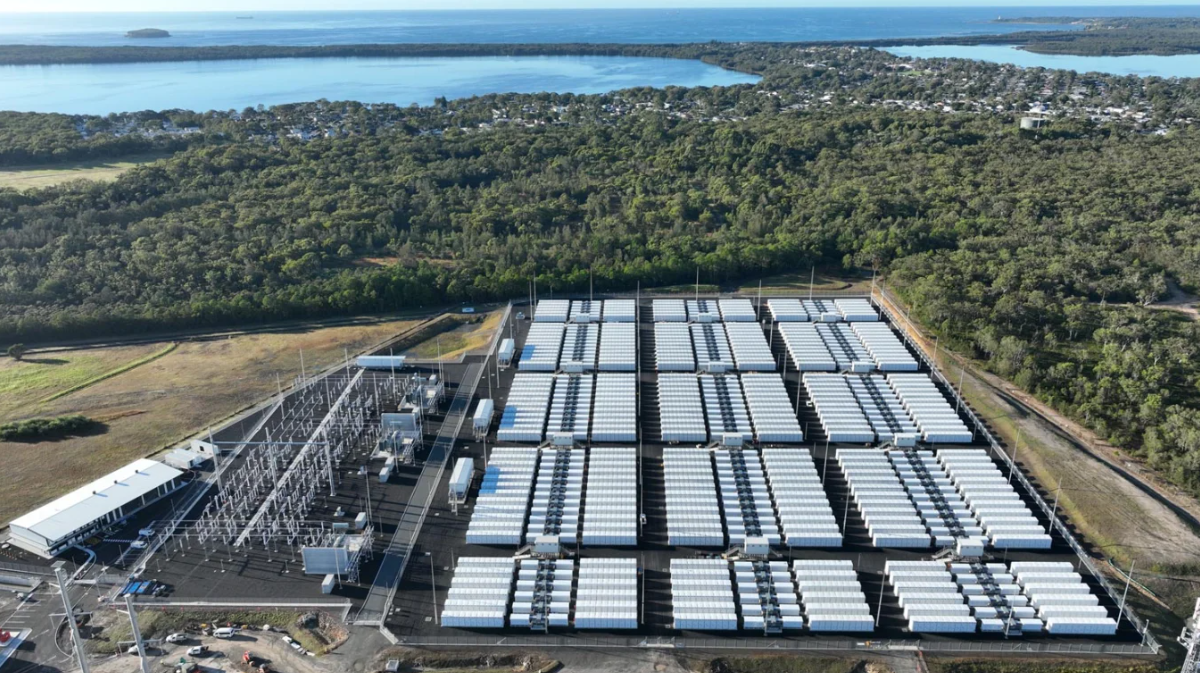


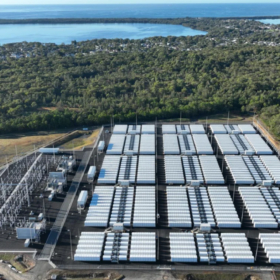
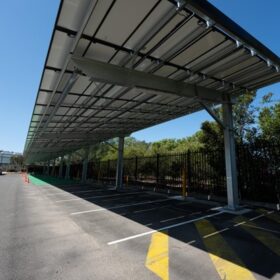
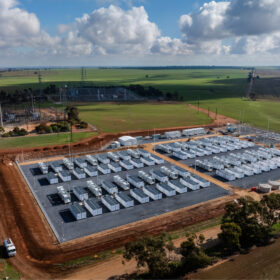


By submitting this form you agree to pv magazine using your data for the purposes of publishing your comment.
Your personal data will only be disclosed or otherwise transmitted to third parties for the purposes of spam filtering or if this is necessary for technical maintenance of the website. Any other transfer to third parties will not take place unless this is justified on the basis of applicable data protection regulations or if pv magazine is legally obliged to do so.
You may revoke this consent at any time with effect for the future, in which case your personal data will be deleted immediately. Otherwise, your data will be deleted if pv magazine has processed your request or the purpose of data storage is fulfilled.
Further information on data privacy can be found in our Data Protection Policy.